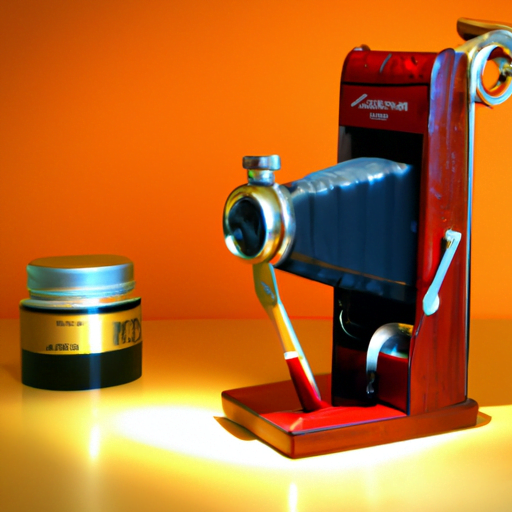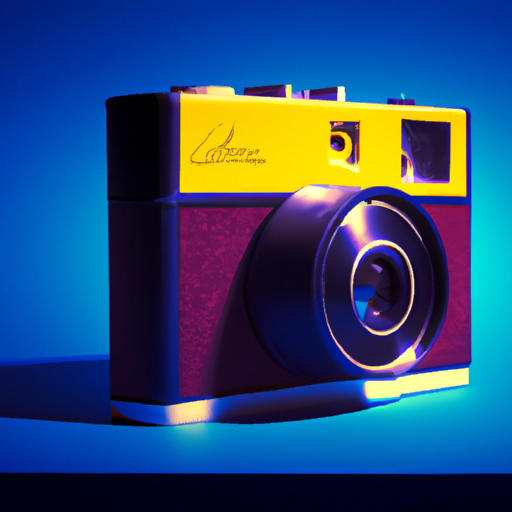
-
Table of Contents
The Revival of Art Deco: Incorporating Classic Elegance in Design

Art Deco, a design style that emerged in the 1920s and 1930s, is experiencing a revival in the modern era. With its bold geometric shapes, luxurious materials, and glamorous aesthetic, Art Deco has captivated designers and homeowners alike. This article explores the resurgence of Art Deco and how it is being incorporated into contemporary design.
The Origins of Art Deco
Art Deco originated in France after World War I and quickly spread across Europe and the United States. It was a reaction against the ornate and elaborate Art Nouveau style that dominated the late 19th and early 20th centuries. Art Deco embraced modernity, technology, and the machine age, incorporating streamlined forms and industrial materials.
One of the most iconic examples of Art Deco architecture is the Chrysler Building in New York City. Completed in 1930, it features a distinctive crown with stainless steel arches and a spire, embodying the sleek and futuristic aesthetic of the style.
The Characteristics of Art Deco
Art Deco is characterized by its bold and symmetrical geometric shapes, such as zigzags, chevrons, and sunbursts. It often incorporates luxurious materials like marble, brass, and exotic woods. The style also embraces rich colors, including deep blues, vibrant reds, and metallic golds.
Another defining feature of Art Deco is its emphasis on verticality. Buildings and furniture often feature tall, slender forms that create a sense of elegance and grandeur. This verticality is exemplified in the Empire State Building, another iconic Art Deco structure.
The Revival of Art Deco
While Art Deco fell out of favor after World War II, it has experienced a resurgence in recent years. Designers and homeowners are drawn to its timeless elegance and glamorous aesthetic. The revival of Art Deco can be seen in various design disciplines, including architecture, interior design, and fashion.
Architecture
Art Deco-inspired architecture can be found in cities around the world. For example, the Burj Al Arab in Dubai, with its sail-shaped silhouette and luxurious interiors, is a modern interpretation of the Art Deco style. Similarly, the Atlantis Hotel in the Bahamas features Art Deco elements, such as geometric patterns and bold colors.
Interior Design
In interior design, Art Deco is often incorporated through furniture and decorative elements. Velvet upholstery, mirrored surfaces, and geometric patterns are common features in Art Deco-inspired interiors. The use of luxurious materials, such as marble and brass, adds a touch of opulence to the space.
One notable example of Art Deco interior design is the Claridge’s Hotel in London. The hotel’s foyer, with its black and white marble floors, mirrored walls, and geometric light fixtures, exudes the glamour and sophistication of the Art Deco era.
Fashion
Art Deco has also influenced the world of fashion. Designers have incorporated the style’s geometric patterns and luxurious materials into their collections. The Great Gatsby, a film set in the 1920s, brought Art Deco fashion back into the spotlight, with its beaded flapper dresses and sparkling accessories.
The Appeal of Art Deco
So, what makes Art Deco so appealing in the modern era? One reason is its timeless elegance. The clean lines and geometric shapes of Art Deco design have a lasting appeal that transcends trends. Additionally, the luxurious materials and glamorous aesthetic of the style create a sense of opulence and sophistication.
Art Deco also offers a departure from minimalism and the “less is more” philosophy that has dominated design in recent years. It allows for a more maximalist approach, with its bold colors, intricate patterns, and ornate details.
The Future of Art Deco
As the revival of Art Deco continues, it is likely to evolve and adapt to the needs and tastes of the modern era. Designers will continue to incorporate Art Deco elements into their work, combining them with contemporary styles and materials.
One example of this evolution is the use of Art Deco-inspired patterns in digital design. Websites and mobile apps are incorporating geometric shapes and bold colors reminiscent of the Art Deco era, creating a visually striking user experience.
Conclusion
The revival of Art Deco brings classic elegance and glamour into contemporary design. Its bold geometric shapes, luxurious materials, and vibrant colors continue to captivate designers and homeowners alike. Whether it’s in architecture, interior design, or fashion, Art Deco offers a timeless aesthetic that transcends trends. As the style evolves and adapts to the modern era, we can expect to see even more innovative and exciting interpretations of Art Deco in the years to come.
